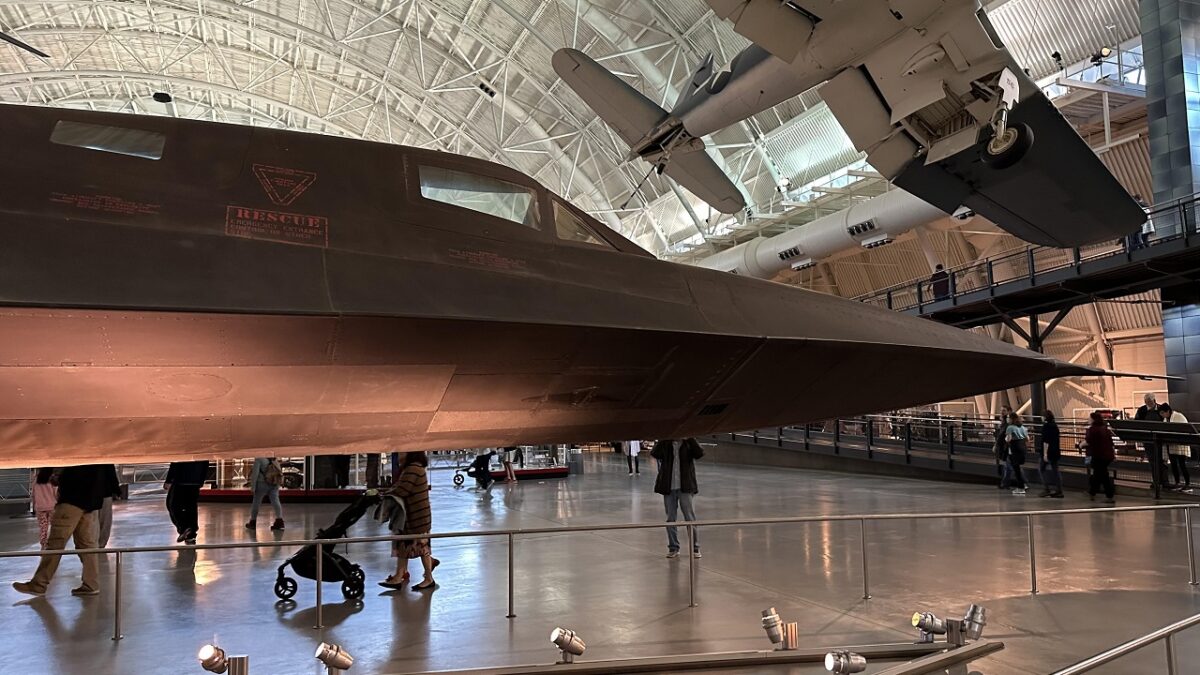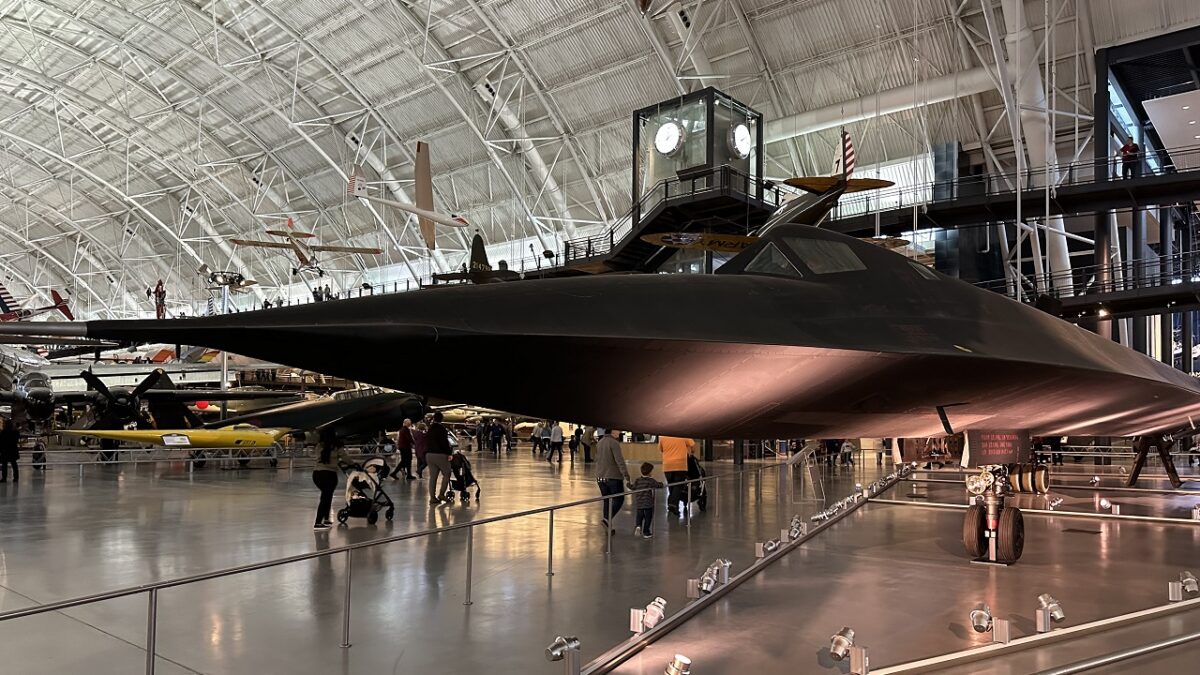During the SR-71 “Blackbird’s” more than 25-year-long service history – which ran from its first flight in 1964 through retirement in 1999 – not a single aircraft was shot down by an adversary. Aviation buffs even believe that the plane evaded more than 4,000 missiles. It was the fastest airframe ever to take to the skies and holds records for the highest altitude in horizontal flight. It also comes in at the fastest speed for a non-rocket-powered aircraft. Due to its unreal speed, missiles and enemy airframes could never catch it.
SR-71 – A brief overview of the Blackbird’s development
Up until the late 1950’s, Lockheed Martin’s U-2 airframe served as the Central Intelligence Agency’s (CIA) primary reconnaissance aircraft. The agency requested an enhanced spy plane, which resulted in the Archangel project. Out of 11 potential airframe candidates, the “A-10” became the favorite. Within two years, a variant possessing a 90 percent reduction in radar cross-section dubbed the “A-12” was produced. The A-12 flew from 1963-1968 and served as the predecessor to the twin-seat U.S. Air Force YF-12 prototype interceptor, the M-21 launcher for the D-21 drone and the infamous SR-71 Blackbird.
The Blackbird sports a notorious titanium frame
The Blackbird was designed to fly faster than 2,000 miles per hour in order to avoid anti-aircraft fire and remain as undetectable from radar as possible. For this reason, friction with the atmosphere would heat up the fuselage to a degree that could actually melt a traditionally-designed airframe. To avoid melting the plane, titanium was used. The ceramic-based metal is able to withstand such high temperatures.
Additionally, the airframes were painted black to absorb and emit some of the heat created from flying so fast, giving the SR-71 its “Blackbird” nickname. As detailed in a CNN report, several issues arose from using titanium. At the time the Soviet Union was the largest supplier of this metal globally, which was obviously a hurdle for the plane’s engineers.
Lockheed Martin also notes that the metal proved to be a particularly sensitive material from which to build an airplane. “The brittle alloy shattered if mishandled, which meant great frustration on the Skunk Works assembly line, and new training classes for Lockheed’s machinists. Conventional cadmium-plated steel tools, it was soon learned, embrittled the titanium on contact; so new tools were designed and fabricated—out of titanium.”
Two Pratt & Whitney J58 bleed-bypass turbojets powered the Blackbird, capable of producing a static thrust of 32,500 lbf. The Blackbird’s
primary cruising speed was around Mach 3.2. In order to reduce its radar cross-section, the shape of the Blackbird was tailored to incorporate large wedges of radar-attenuating material.
The SR-71 was an excellent spy plane
In 1968, the Blackbird flew its first operational mission over Vietnam. Throughout its 25 years in service, the SR-71 provided critical intelligence
during the 1973 Yom Kippur War, the Israeli invasion of Lebanon in 1982, the U.S. air raids on Libya, and the Iranian Silkworm missile batteries in 1987.

SR-71 Blackbird 19FortyFive Original Image. Taken 10/1/2022.

SR-71 Blackbird, Udvar-Hazy Center | National Air and Space Museum. October 1, 2022. 19FortyFive Original Image.
Today, the remaining SR-71 airframes are scattered across the country in museums. Until a newer airframe can top the Blackbird’s speed and altitude records, the notorious spy plane will retain its legendary status.
Maya Carlin is a Senior Editor with 19FortyFive. She is also an analyst with the Center for Security Policy and a former Anna Sobol Levy Fellow at IDC Herzliya in Israel. She has by-lines in many publications, including The National Interest, Jerusalem Post, and Times of Israel.

